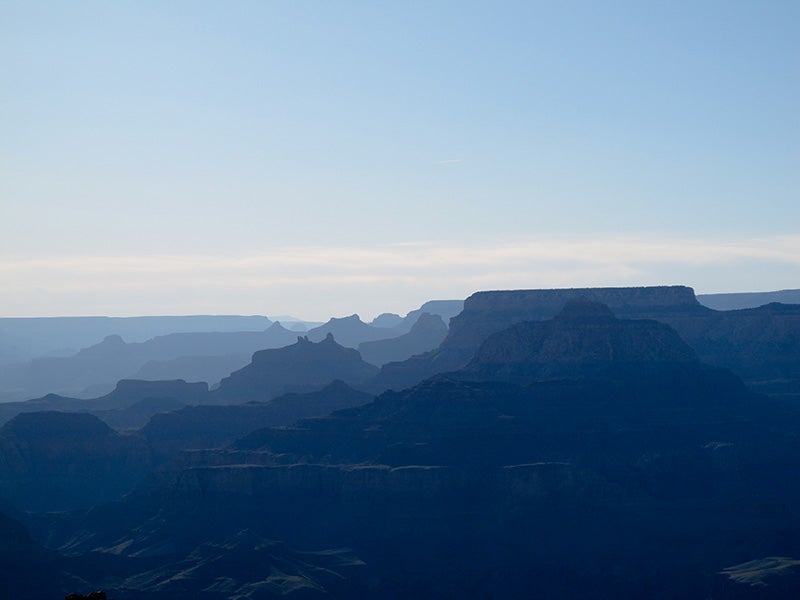Challenging Failure to Protect Grand Canyon from Coal Plant Pollution
The Navajo Generating Station is the largest coal-fired power plant on the Colorado Plateau and one of the ten biggest polluters in the country. It is just 12 miles from the Grand Canyon and responsible for frequently polluted air that makes vistas hazy and unhealthy at the park.
Clients
Regional Office / Program
Case Overview
Clean air and national park advocates are challenging a decision in federal court, issued by the U.S. Environmental Protection Agency (EPA), that allows one of the nation’s oldest and dirtiest coal-fired power plants to continue polluting for decades to come.
On behalf of National Parks Conservation Association (NPCA), Sierra Club, Grand Canyon Trust and Natural Resources Defense Council (NRDC), Earthjustice filed a petition with the Ninth Circuit Court of Appeals to review EPA’s ruling, asking it to reconsider EPA’s July 2014 decision on Navajo Generating Station (NGS).
For nearly 40 years, NGS has significantly damaged the air quality of local communities, as well as the Grand Canyon and 10 other national parks and wilderness areas across the Southwest. Yet in early 2014, EPA rejected the legal requirement to make the coal-fired power plant cut smog-forming nitrogen oxide by 85 percent over the next five years. Instead, it has approved a plan that only promises some level of cleanup sometime in the future—a plan that could let the coal plant pollute for at least another three decades. EPA contends it can water down the Clean Air Act requirements because coal plant is located on Navajo Nation lands.
NGS is the largest coal-fired power plant on the Colorado Plateau and one of the ten biggest polluters in the country. It is just 12 miles from the Grand Canyon and responsible for frequently polluted air that makes vistas hazy and unhealthy at the park. The coal plant is owned jointly by the federal government and several utilities, including Salt River Project which operates it. Under the Clean Air Act, EPA must restore natural air quality in America’s iconic national parks and wilderness areas.
In addition to Grand Canyon, Navajo Generating Station impacts air quality at 10 additional national parks and wilderness areas. The plant’s impacts include impairing visibility for roughly four months each year at the most impacted parks. National parks in the Four Corners region attract millions of tourists and are the backbone of regional economies. According to the National Park Service, the national parks in the Four Corners region most affected by Navajo’s pollution annually generate a combined total of $1.08 billion in spending. An epidemiological analysis shows that EPA’s decision to let the coal plant continue polluting for decades will cost between $13 million and $34 million per year in public health impacts within the state of Arizona alone.

Case Updates
Case page created on October 7, 2014.
